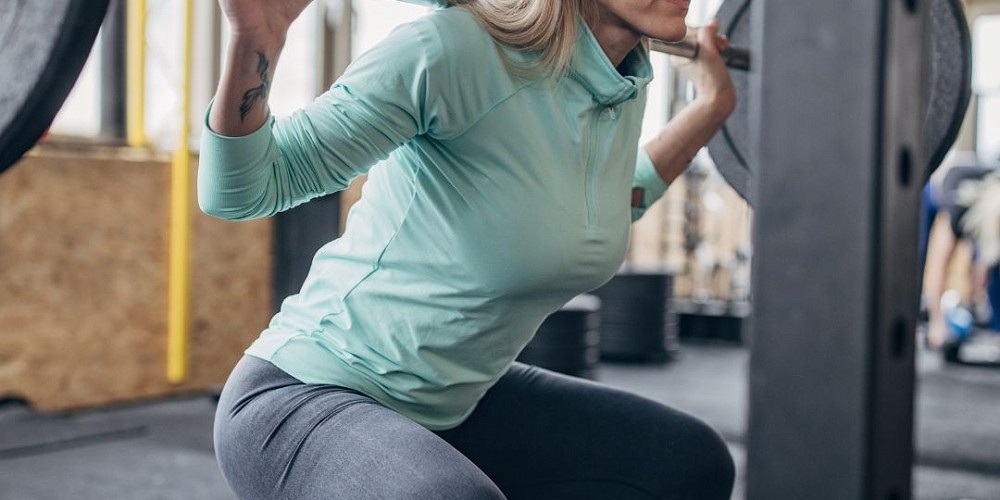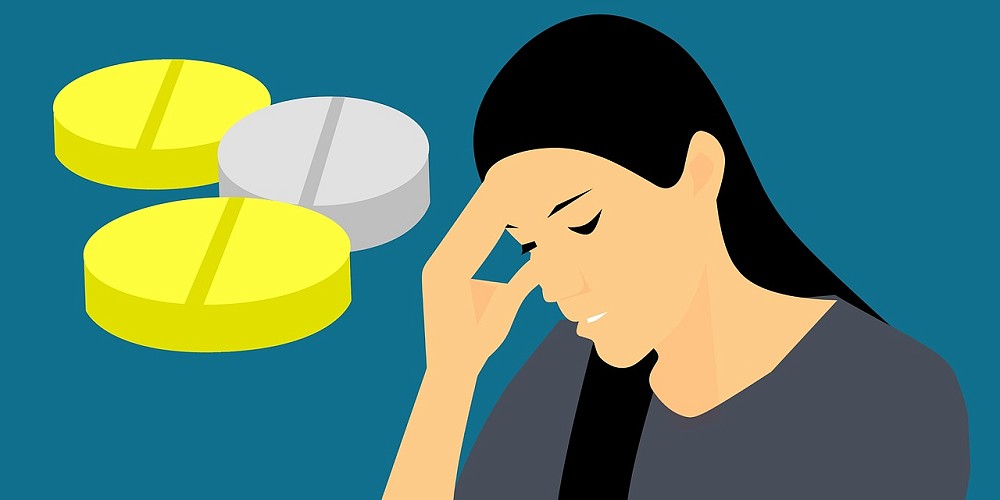Categorizing & Treating Neck Pain
It’s probably safe to say that we all have a pain in the neck from time to time. But what type of neck pain are you experiencing?

Neck pain is a very common complaint among the clients at Pinpoint Physiotherapy.
- It is reported that neck pain is the reason 25% of people attend outpatient physiotherapy (1).
- It is estimated 22-70% of the population will have neck pain in their lives (2).
Neck pain increases in prevalence with age and is frequently treated without surgery by primary care and physical therapy providers.
What Causes Neck Pain?
There are a variety of causes of neck pain varying from simple strains to more complex issues, including but not limited to:
- Osteoarthritis
- Disc disorders
- Trauma
- Myofascial pain syndrome
- Whiplash
- Infection
- Tumours
- Torticollis (wry neck)
Many people with neck pain have associated symptoms in the shoulder and/or arms.
Should I Get X-rays for Neck Pain?
Interestingly, abnormal findings on an X-ray are not always associated with symptoms. For example 14-18% of people without neck pain demonstrate a wide variety of findings such as impingement or disc protrusion on X-ray imaging (2).
Rather than based on imagery, physiotherapists often follow clinical guidelines when treating a patient with neck pain.
Below is a review of each classification of neck pain and the most evidence-based approach for treatment (2)
5 Categories of Neck Pain
Which of these 5 categories does your neck pain fall into?
1. Mobility
These people are < 60 years old and present with symptoms that started less than 30 days ago. They have no signs of nerve root involvement.
Best treated by: Manipulation or mobilization of the cervical and thoracic spine and strengthening of the neck muscles.
2. Centralization
This classification of people with neck pain have signs of nerve root compression. Certain neck movement will cause an increase or decrease of symptoms that present in the arm. They also will have a diagnosed radiculopathy (nerve dysfunction).
Best treated by: Mechanical or manual traction. Repeated neck movement to centralize, i.e. move symptoms away from arm.
3. Exercise & Conditioning
This population generally have symptoms that have lasted longer than 30 days. They have no signs of nerve root compression and have lower pain and disability scores.
Best treated by: Strengthening of neck and upper extremity.
4. Pain Control
These people have had a recent trauma ex. Whiplash. They have high pain and disability scores and have intolerance for most activities.
Best treated by: Cervical mobilization, avoiding prolonged cervical immobilization and active range of motion.
5. Headache
This group’s main complaint is a headache with associated neck pain. Headaches are affected by neck movements. They will have no history of migraines.
Best treated by: Manipulation or mobilization of the cervical spine. Strengthening of the deep neck muscles, scapula and upper arms/shoulders.
References
- Jette DU, Jette AM. Physical therapy and health outcomes in patients with spinal impairments. Phys Ther. 1996; 76: 930– 941; discussion 942–945.
- Neck Pain: Clinical Practice Guidelines Linked to the International Classification of Functioning, Disability, and Health From the Orthopaedic Section of the American Physical Therapy Association J Orthop Sports Phys Ther 2008;38(9):A1-A34. doi:10.2519/jospt.2008.0303
You May Also Like...
-
 ArticleView Post
ArticleView PostMenopause and Exercise
Menopause is a biological transition into a new stage of life, and it is a great time to prioritize taking care of your health and well-being.
-
 ArticleView Post
ArticleView PostPain Relief without Pills
How can we reduce our reliance on pain medication? Lots of people are reluctant to use over the counter pains relievers as well as the stronger meds that are prescribed by doctors. Below are a few other ways that can be used to help manage pain that have a good body of evidence behind them to demonstrate their effectiveness.
-
 ArticleView Post
ArticleView PostImproving & Managing Osteoarthritis
These tips can help improve and manage symptoms of osteoarthritis, the most common form of the 100+ variations of arthritis.